Description
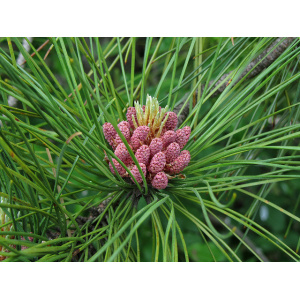 Pinus resinosa Red Pine
Pinus resinosa Red Pine
Pinus resinosa, commonly called red pine, is a conical, straight-trunked, evergreen conifer with horizontal to ascending branching and an oval to rounded crown. It typically grows to 50-80’ (less frequently to 125′) tall. It is native from Newfoundland to Manitoba south to Minnesota, Wisconsin, Michigan, Pennsylvania and New York. It is typically found on hills, slopes, ridges and plains, often in sandy soils. Common name of red pine is in reference to the tree’s bark which is red tinged from crown to base. Sharply-pointed, yellow-green to dark green needles (4-6″ long) in bundles of two are soft but brittle (snap crisply when bent). Ovoid female seed cones (to 2 1/2″ long) mature to chestnut brown in the second year. Cone scales lack prickles. Red pine has been commercially used for pulpwood and structural timber.
Common Name: red pine
Type: Needled evergreen
Family: Pinaceae
Native Range: Eastern North America
Zone: 2 to 5
Height: 50.00 to 80.00 feet
Spread: 20.00 to 25.00 feet
Bloom Time: spring
Bloom Description: non-descript
Sun: Full sun
Water: Medium
Maintenance: Low
Leaf: Evergreen
Other: Winter Interest
Tolerate: Deer, Drought
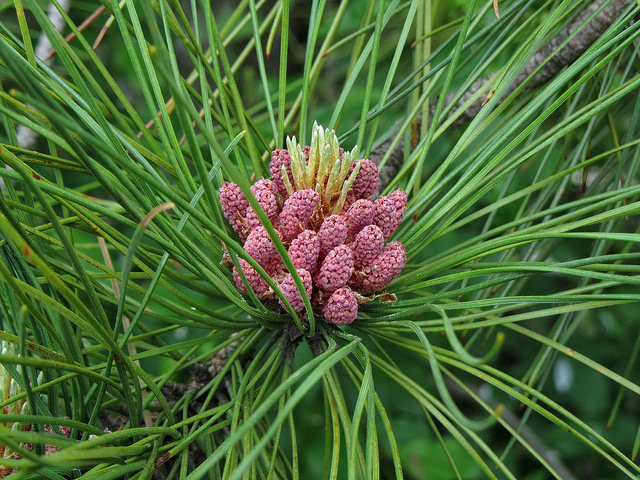
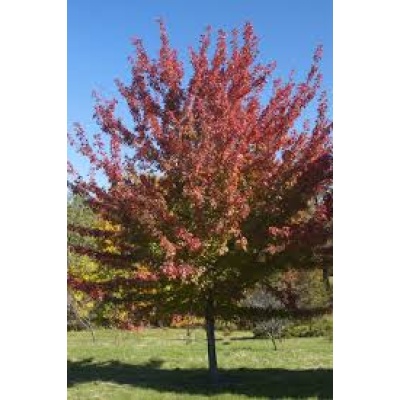
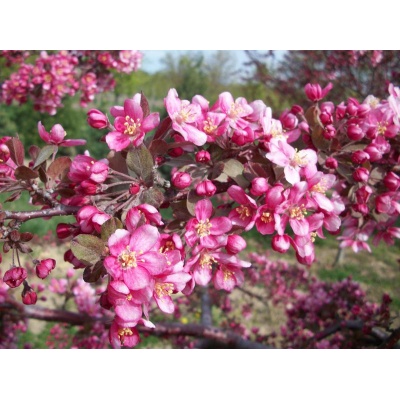
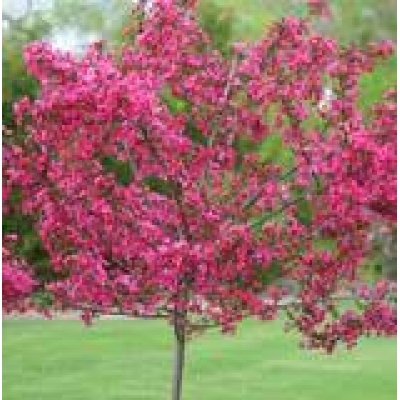
Reviews
There are no reviews yet.